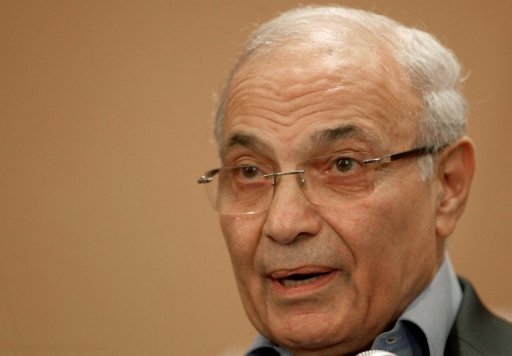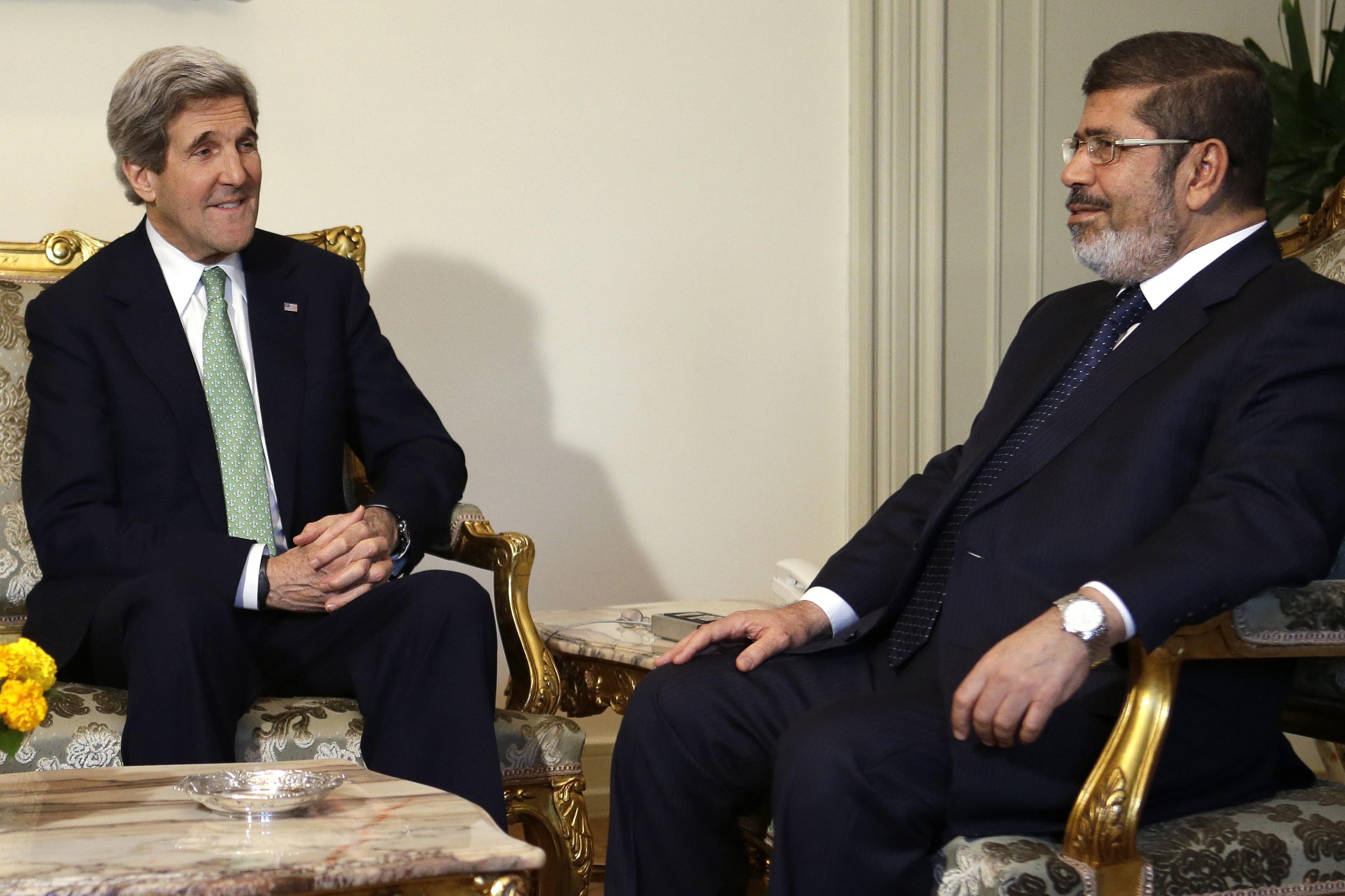Prime Minister Mostafa Madbouly visited Ain Sokhna Port on Saturday to inspect the liquefied natural gas (LNG) regasification vessel Energos Eskimo, as part of the government’s broader efforts to bolster energy security and ensure the continuity of natural gas supplies.
At the start of his tour, the Prime Minister emphasised that the government is taking proactive steps to meet Egypt’s natural gas needs by expanding infrastructure capacity for receiving imported LNG. Madbouly noted that the initiative aims to enhance the efficiency and flexibility of the national gas supply system to accommodate rising domestic demand, particularly during the summer months, and in response to recent regional developments following the Israeli military operation in Iran.
He stated that these measures fall within a comprehensive governmental plan involving relevant ministries to safeguard the stability of the national power grid.
Accordingly, the government aims to have three regasification vessels operational by early July, with a combined capacity of 2,250 million cubic feet per day. A fourth vessel will be kept on standby to provide additional support and ensure the availability of various petroleum products, Madbouly added.
During his inspection of the Energos Eskimo vessel, the Prime Minister underscored that these strategic projects reflect the state’s commitment to securing natural gas supplies and reinforcing the system’s resilience during peak consumption periods in the summer. He highlighted that this vessel is the second of its kind stationed at Ain Sokhna Port, following the Hoegh Galleon, which entered service last year under the government’s plan to operate four regasification vessels and expand LNG import capacity.
Madbouly also reviewed the advanced technical works being finalised by Petrojet, a subsidiary of the petroleum sector, in preparation for the vessel’s transfer to the SUMED port dock in Sokhna. The Energos Eskimo has a design capacity of 750 million cubic feet of gas per day.

Minister of Petroleum and Mineral Resources Karim Badawi explained that petroleum sector teams have completed the development of a second berth at the SUMED Port to receive the vessel. This includes the installation of two loading arms and pipelines for transferring gas to the national grid. Badawi noted that the teams are working with high efficiency and speed to complete the required technical works, with ongoing field inspections to ensure timely progress.
The Minister further highlighted the proactive steps taken by the Ministry since last year to secure gas supplies, diversify sources, and manage emerging challenges. He noted that the Ministry succeeded in contracting three LNG regasification vessels following a phase of political and commercial negotiations with various governments—leveraging Egypt’s strong diplomatic ties with countries such as Jordan and Germany. These vessels were secured by the Egyptian Natural Gas Holding Company (EGAS) amid high global demand, as part of a broader strategy to achieve energy security in the face of geopolitical risks and global instability.
The combined capacity of the three vessels stands at 2,250 million cubic feet per day, significantly enhancing Egypt’s domestic gas supply capabilities to meet the needs of all consumer sectors. One vessel is currently operational at SUMED Port, while preparations are underway to commission the remaining two at the SUMED and Sonker terminals in Ain Sokhna.
Badawi added that a fourth regasification vessel is scheduled to arrive in August and will be operated at Damietta Port on the Mediterranean Sea, further strengthening the resilience and diversification of Egypt’s energy supply in the face of ongoing global challenges.
The Minister also stressed that, alongside the urgent plan to cover local demand through LNG imports, the government is intensifying efforts to boost domestic natural gas production. He cited recent successes in curbing natural production decline by introducing incentive packages to attract investment and ensuring the timely payment of dues to partners. These actions are expected to gradually increase output, as exploration and production activities pick up momentum.
During his tour aboard the Energos Eskimo, Madbouly received a technical briefing from Walid Lotfy, Chairperson of Petrojet, on the modifications and readiness efforts under way. Lotfy confirmed that the implementation timeline had been compressed from 29 days to just 10, thanks to round-the-clock work and intensified efforts. The works included mechanical modifications, control system adjustments, and commissioning tests to ensure the vessel’s full readiness to receive LNG and convert it into its gaseous form for integration into the national grid.




